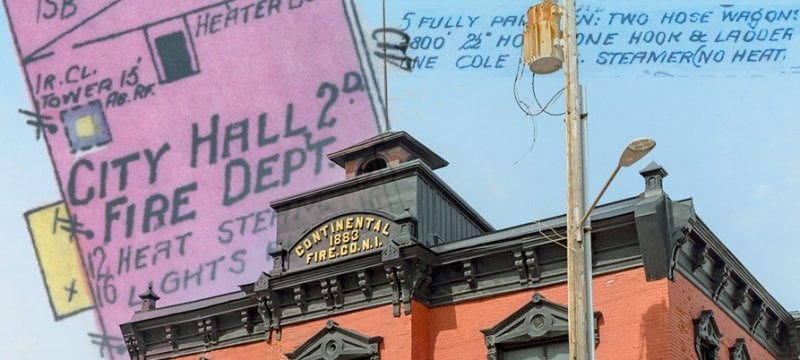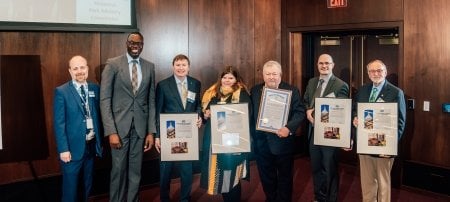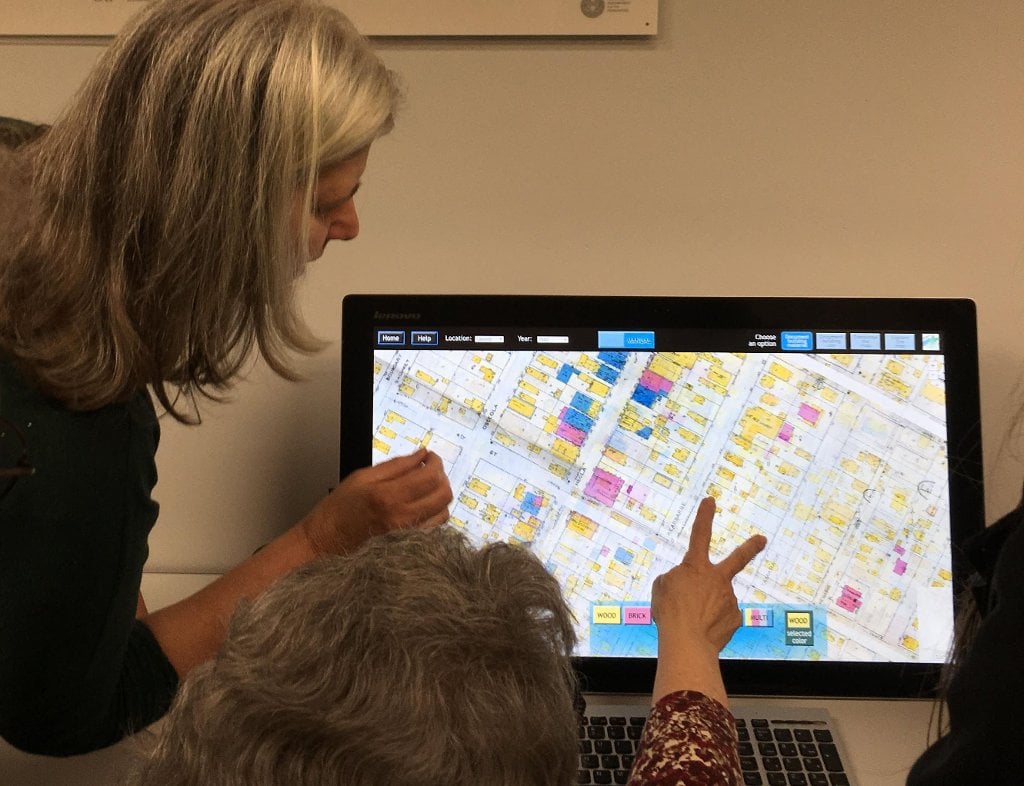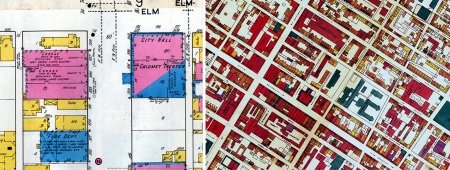An architectural historian advocates for more building documentation following Notre Dame.
Following the fire in Paris, more attention is focusing on the new technologies that will help people rebuild damaged or lost buildings. Sarah Fayen Scarlett, assistant professor of history at Michigan Technological University, says that an uncommon loss like Notre Dame reflects a universal need for documenting historical buildings.
“Documenting buildings is possible like never before,” said Scarlett, explaining that LiDAR imaging of Notre Dame completed in the last decade by international teams of researchers will help rebuild the iconic structure. “With all the calls to rebuild, this kind of digital documentation of the original will be vital, and the importance of training heritage professionals in up-to-date documentation techniques in order to potentially rebuild lost structures and sites is key.”
While Notre Dame is the most recent example, it is far from the only historic building lost to war, fire, landslides or other natural disasters. For example, the U.S. National Park Service recently made a Story Map to highlight projects closer to home that benefit from similar documentation after disastrous damage. History comes in surprising packages, like this parking lot in Calumet, and documentation is what grants insight into the past through the lens of the present.
Scarlett is a professor in the Industrial Heritage and Archaeology program at Michigan Tech, where the next generation of students learn to steward the past, using modern tools in documentation and cultural interpretation. Scarlett also sees power in tapping communities to help document and delve into historical landscapes; she is a co-lead on the Keweenaw Time Traveler, a crowdsourced deep map that explores local history.
Digital documentation spans small and big scales — whether a precisely mapped gargoyle location on Notre Dame, or the coordinates of the six UNESCO World Heritage sites damaged in the Syrian Civil War, or a Sanborn map overlay of Michigan Tech’s campus. In our world today, the keystone in rebuilding and understanding historical structures relies on the day-to-day efforts of digitized and data-driven projects.
Michigan Technological University is an R1 public research university founded in 1885 in Houghton, and is home to nearly 7,500 students from more than 60 countries around the world. Consistently ranked among the best universities in the country for return on investment, Michigan's flagship technological university offers more than 120 undergraduate and graduate degree programs in science and technology, engineering, computing, forestry, business, health professions, humanities, mathematics, social sciences, and the arts. The rural campus is situated just miles from Lake Superior in Michigan's Upper Peninsula, offering year-round opportunities for outdoor adventure.







Comments